Aminoglycoside Nephrotoxicity Risk Calculator
This tool estimates your risk of kidney damage from aminoglycoside antibiotics based on key clinical factors. Results are for informational purposes only and should not replace clinical judgment.
Risk Assessment
URGENT: Monitor closely
Consider alternative antibiotics or adjust dosing. Stop if creatinine rises by 50%.
CAUTION: Monitor regularly
Check creatinine every 48 hours and maintain hydration. Consider once-daily dosing.
LOW RISK
Continue standard monitoring. Consider lower dose if duration exceeds 5 days.
When you’re fighting a serious bacterial infection, especially one caused by tough Gram-negative bugs like E. coli or Pseudomonas, doctors sometimes turn to aminoglycoside antibiotics. Drugs like gentamicin, tobramycin, and amikacin are powerful-they kill bacteria fast. But there’s a dark side: kidney damage. About 1 in 5 people who get these antibiotics will develop some level of kidney injury, even when doctors follow all the rules.
Why Do Aminoglycosides Hurt the Kidneys?
It’s not random. These antibiotics don’t just float through your body and disappear. About 5% of every dose gets stuck in the cells lining the proximal tubules of your kidneys-the same cells that reabsorb nutrients and filter waste. Once inside, they pile up in tiny sacs called lysosomes. Over time, this buildup triggers a cascade of damage: mitochondria start leaking energy, cell membranes break down, and the cells begin to die.
This isn’t just about clogged tubes. Early thinking blamed only tubular blockage, but modern research shows it’s more complex. Aminoglycosides also cause blood vessels in the kidneys to narrow, reducing blood flow. That’s why your glomerular filtration rate (GFR) drops-even before urine output changes. The kidneys aren’t just damaged; they’re starved of oxygen and nutrients.
What Does Kidney Damage Look Like?
Unlike other types of kidney injury, aminoglycoside damage usually doesn’t stop urine production. You’re still peeing-often more than 400 mL a day. That’s called nonoliguric acute kidney injury. The real sign is a slow climb in serum creatinine. A rise of 0.5 mg/dL or 50% above your baseline is a red flag.
Before creatinine spikes, your urine changes. You’ll start spilling out proteins like beta-2-microglobulin and enzymes like N-acetylglucosaminidase. These aren’t picked up in routine urine tests-they need special labs. But if you’re on long-term aminoglycoside therapy and your urine starts looking abnormal, your kidneys are already under stress.
Under the microscope, early damage shows up as swollen lysosomes filled with myeloid bodies-waxy, layered structures that shouldn’t be there. Later, mitochondria get distorted, the endoplasmic reticulum swells, and cell nuclei shrink. These changes are irreversible if the drug keeps running.
Who’s at Highest Risk?
Not everyone gets kidney damage. But some people are far more vulnerable:
- Age over 65: Kidneys naturally filter slower with age. Older adults absorb more drug and clear it slower.
- Pre-existing kidney disease: If your eGFR is below 60 mL/min/1.73m², your risk jumps 3.2 times.
- Vancomycin combo: Using gentamicin with vancomycin? Your risk nearly triples. Both drugs attack the same cells.
- Dehydration: Low blood volume means less kidney blood flow and more drug concentration in tubules.
- Longer treatment: Risk climbs after day 5. After 7 days, nearly half of patients show signs of injury.
Even healthy young adults aren’t immune. One 2021 study at Mayo Clinic followed 1,247 patients on aminoglycosides. Nearly 19% developed acute kidney injury. Most recovered-but not all.
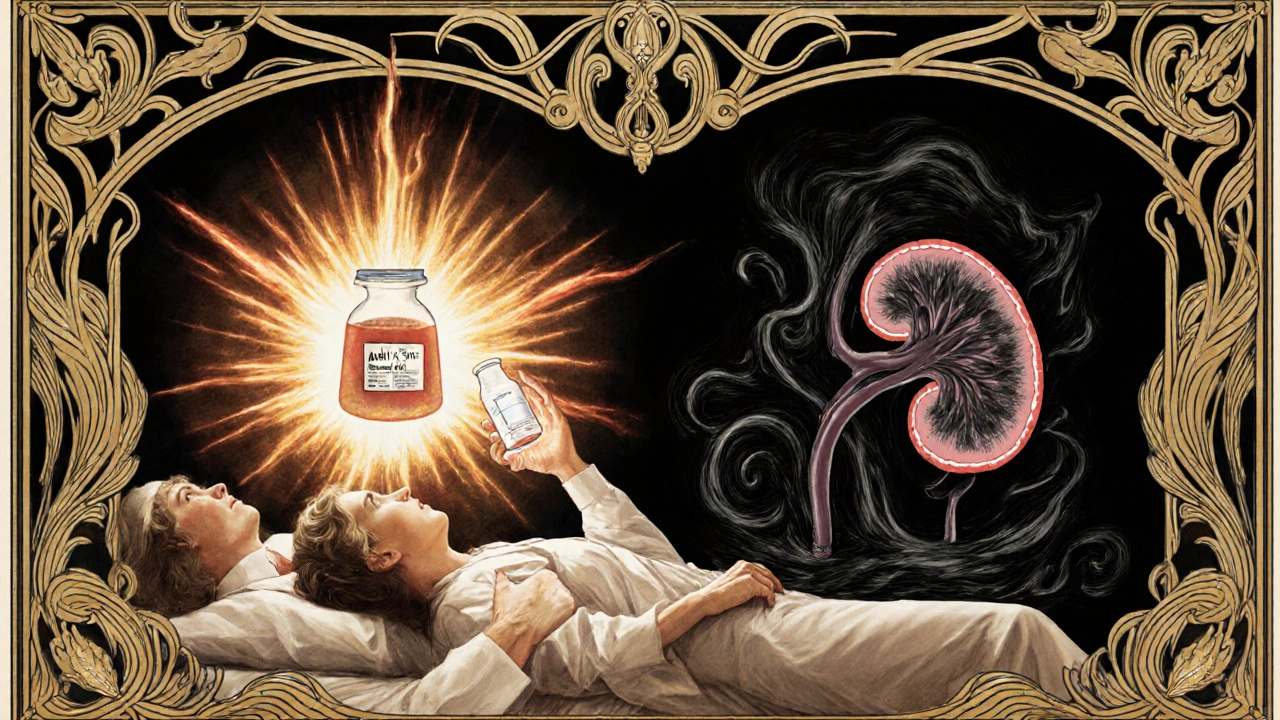
Dosing Matters More Than You Think
How you give the drug changes everything. For decades, doctors gave aminoglycosides three times a day. That’s what the old textbooks said. But research from the early 2000s turned that upside down.
Once-daily dosing is now the standard. Why? Because the kidneys have a recovery window. After a high dose, tubule cells temporarily stop absorbing the drug. Giving it once a day lets them reset. Giving it three times a day keeps them overwhelmed.
Even the time of day matters. Studies show giving gentamicin at 1:30 p.m. causes less kidney damage than giving it at 7 a.m. or midnight. Your kidneys have circadian rhythms-just like your sleep cycle. They’re most vulnerable during the early morning hours.
And not all aminoglycosides are equal. Gentamicin is the most nephrotoxic. Amikacin is slightly safer at equivalent doses. Tobramycin falls in between. But they all carry the same risk if misused.
How Do Doctors Monitor for Damage?
There’s no magic test. But good practice includes:
- Checking serum creatinine every 48 to 72 hours
- Measuring trough levels (just before the next dose)-keep gentamicin under 1 μg/mL
- Watching for drops in urine sodium and increases in fractional excretion of sodium
- Stopping the drug if creatinine rises by 50% or more
Many hospitals now use automated alerts in their electronic records. If a patient’s creatinine climbs, the system flags it. But no system catches everything. That’s why doctors need to stay alert.
Can You Prevent It?
Yes-and no. You can reduce risk, but you can’t eliminate it.
First, use the lowest effective dose for the shortest time possible. Don’t keep aminoglycosides running longer than 7 days unless you have no other choice.
Second, keep patients well-hydrated. IV fluids before and during treatment help flush the drug out faster.
Third, avoid other nephrotoxins. NSAIDs, contrast dye, and certain antifungals can stack up with aminoglycosides and push the kidneys over the edge.
There’s also promising research on protectants. One compound, polyaspartic acid, has shown remarkable results in animal and lab studies. It blocks aminoglycosides from sticking to kidney cells. It prevents lysosomal damage, stops phospholipid buildup, and even reduces cell death. But it’s still experimental. No FDA-approved protectant exists yet.
Phase II trials for a modified version (NCT04567821) are ongoing in the U.S. as of late 2023. If successful, this could change how we use aminoglycosides forever.
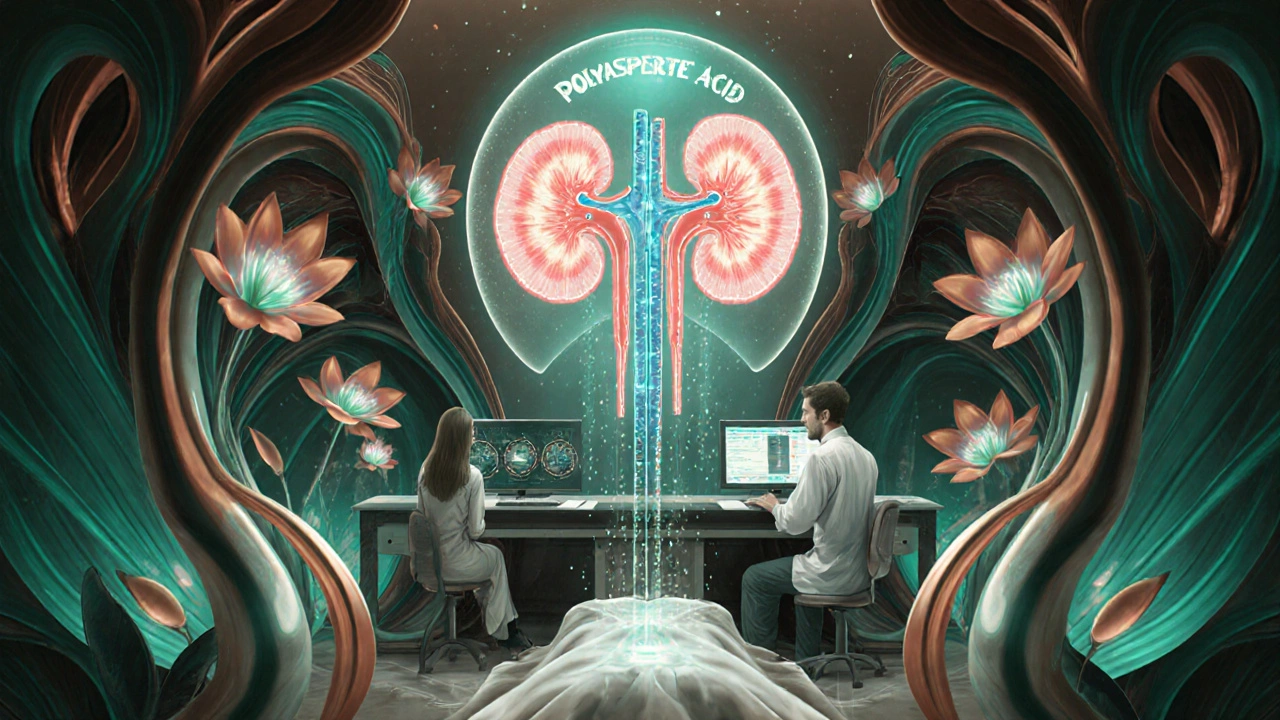
What Happens After You Stop?
Recovery is usually good-but not guaranteed. Most patients see improvement 3 to 5 days after stopping the drug. Creatinine levels drop over the next 1 to 3 weeks. About 82% recover fully within 30 days, according to the Mayo Clinic study.
But 1 in 5 don’t bounce back. Some end up with permanent kidney function loss. That’s why even mild injury matters. A small drop in GFR today can mean higher risk for chronic kidney disease down the road.
Patients who survive sepsis only to develop lasting kidney damage from gentamicin face a double burden. They’re not just recovering from infection-they’re managing a new chronic condition.
Why Do We Still Use These Drugs?
Because we have no better options for some infections.
When a patient has septic shock from a multidrug-resistant Klebsiella or Acinetobacter, aminoglycosides are often the last line. Newer antibiotics like ceftolozane-tazobactam or meropenem-vaborbactam are great-but they don’t work against all strains. In ICU settings, aminoglycosides still save lives.
Global use? Around 12.5 million courses a year, according to the WHO. That’s a lot of people at risk. But the trade-off is worth it when the alternative is death.
The goal isn’t to stop using them. It’s to use them smarter.
The Future: Safer Aminoglycosides?
Researchers are working on three fronts:
- New derivatives: Chemists are tweaking the molecular structure of gentamicin to keep its killing power but reduce kidney binding.
- Pharmacokinetic modeling: Using AI to predict exactly how much drug each patient needs based on weight, age, kidney function, and infection severity.
- Protectants: Polyaspartic acid and similar compounds are moving closer to human trials. If approved, they could be given as an IV infusion alongside the antibiotic.
The National Institute of Diabetes and Digestive and Kidney Diseases has invested over $24 million in this research since 2021. That’s a sign this isn’t just a side effect-it’s a target.
For now, the best protection is awareness. If you’re prescribed an aminoglycoside, ask: How long will I need this? What are my kidney numbers? Are we monitoring them? Your questions could prevent permanent damage.

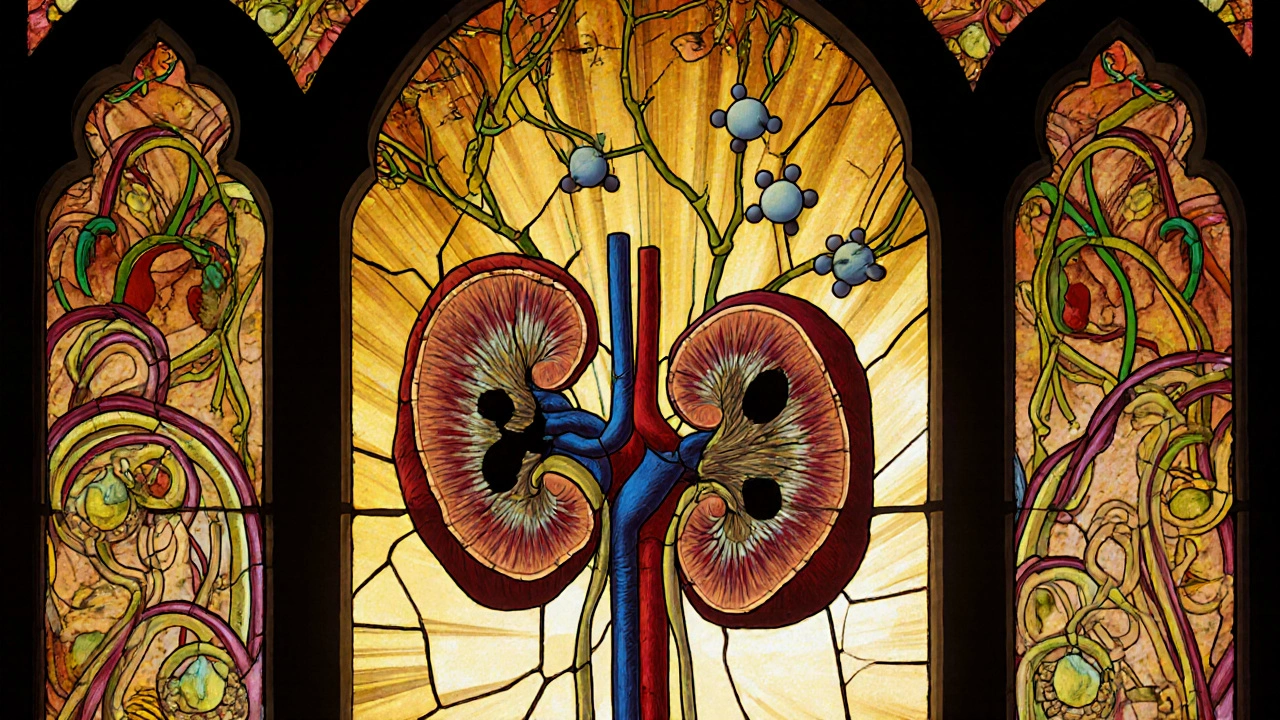

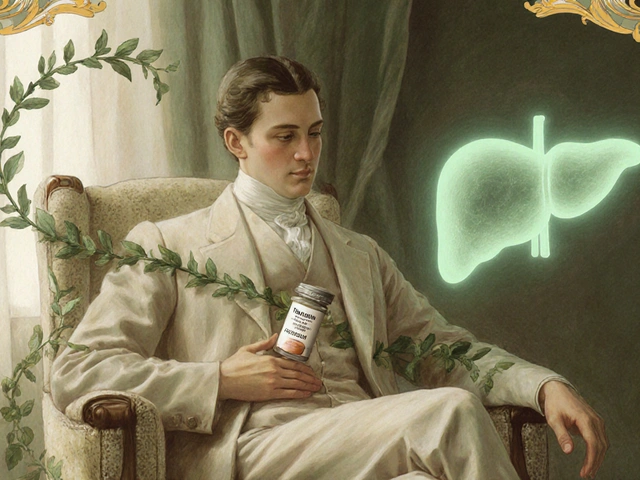
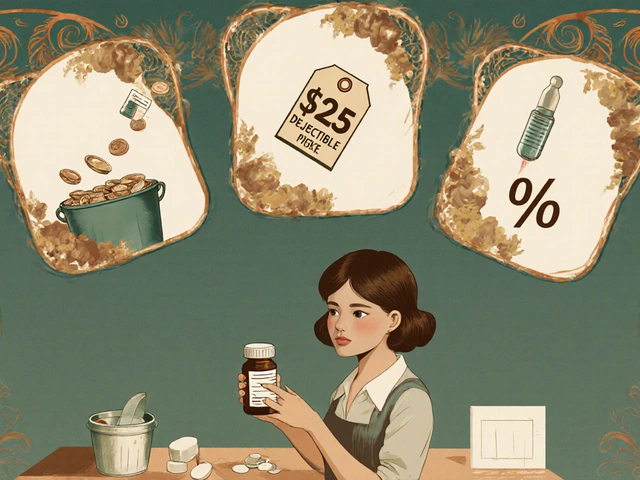
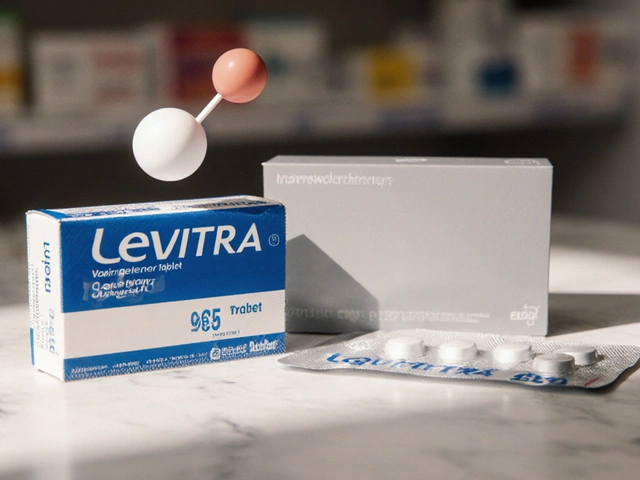

Leah Beazy
October 28, 2025 AT 12:50This post blew my mind. I had no idea aminoglycosides could mess with your kidneys like that. I thought they were just strong antibiotics, not silent kidney wreckers. My grandma got gentamicin after her hip surgery and never fully bounced back-now I get why.
John Villamayor
October 30, 2025 AT 05:52So we still use these toxic drugs because we have no better options? Sounds like a classic medical catch-22. I mean yeah they save lives but at what cost? My cousin needed it for sepsis and now he’s on dialysis. Not worth it if you ask me.
Jenna Hobbs
October 31, 2025 AT 13:21OMG I’m literally crying reading this. 😭 I’m a nurse and I’ve seen this happen too many times. We’re so focused on killing the infection we forget the body’s paying the price. We need to start talking about this more. Aminoglycosides aren’t just meds-they’re landmines in a hospital gown.
Ophelia Q
November 1, 2025 AT 17:10Thank you for writing this. 🙏 I’m a med student and this is exactly the kind of thing they don’t teach you in lectures. The lysosomal buildup, the circadian dosing, the myeloid bodies-this is real science. I’m printing this out for my rotation. You just made my day.
Elliott Jackson
November 2, 2025 AT 00:42Oh wow so now we’re blaming the drugs? What about the lazy doctors who keep giving them for 10 days? I’ve seen it. They don’t check creatinine till the patient’s urine looks like motor oil. This isn’t the drug’s fault-it’s the incompetence.
McKayla Carda
November 3, 2025 AT 10:22Hydration matters. Always. IV fluids before and during. Simple. Effective. Why isn’t this standard protocol everywhere?
Stacy Reed
November 4, 2025 AT 23:57Are we really okay with using a drug that kills 1 in 5 people’s kidneys just because it kills bacteria faster? Isn’t that just medical colonialism? We sacrifice the vulnerable so the system can keep running. We’re not healing-we’re optimizing.
Robert Gallagher
November 6, 2025 AT 17:18Once-daily dosing is genius. I read about it years ago and thought it was too good to be true. Turns out your kidneys have a rhythm like your sleep cycle. We treat them like machines but they’re alive. Dosing at 1:30 p.m.? That’s wild. I’m telling my uncle who’s on gentamicin right now.
Howard Lee
November 7, 2025 AT 19:32It is important to note that the nephrotoxic potential of aminoglycosides is dose- and duration-dependent, and trough levels below 1 μg/mL are associated with significantly reduced risk of acute kidney injury. Monitoring should be protocolized, not ad hoc.
Nicole Carpentier
November 9, 2025 AT 09:46My dad got amikacin for a hospital-acquired pneumonia and came out with stage 2 CKD. He’s 72. We didn’t know any of this. I’m sharing this everywhere. People need to know.
Hadrian D'Souza
November 10, 2025 AT 12:04Oh wow. So the ‘miracle drug’ that saved your life also permanently broke your kidneys? Congrats, medicine. You’ve perfected the art of trading one crisis for another. Next up: chemotherapy that gives you a new liver. 🤡
Brandon Benzi
November 12, 2025 AT 09:20Why are we even using Western medicine? In India, they cure sepsis with turmeric and prayer. We’re so obsessed with chemicals we forget the body can heal itself. This whole system is broken.
Abhay Chitnis
November 13, 2025 AT 23:43Bro, in India we use aminoglycosides all the time and nobody dies. You guys overthink everything. Maybe your kidneys are weak because you eat too much pizza and sit on couches.
Robert Spiece
November 15, 2025 AT 13:29Let me get this straight-we have a drug that’s literally designed to kill cells, we know it damages kidneys, we know how to reduce the damage, and yet we still give it like candy? This isn’t medicine. This is a capitalist death machine disguised as science.
Vivian Quinones
November 17, 2025 AT 06:33So we’re just gonna keep poisoning people because it’s cheaper than making new drugs? This is America. We don’t fix problems. We just make them quieter.
Eric Pelletier
November 18, 2025 AT 05:58Just to clarify, the mechanism of lysosomal phospholipidosis induced by aminoglycosides is mediated by inhibition of phospholipase A2, leading to accumulation of unmetabolized phospholipids. The myeloid bodies seen on EM are essentially lamellated lysosomal inclusions. This is well-documented in renal tubular epithelial cells, particularly in the cortex. The circadian variation in nephrotoxicity correlates with renal blood flow and tubular transport activity rhythms governed by CLOCK gene expression. It’s fascinating.